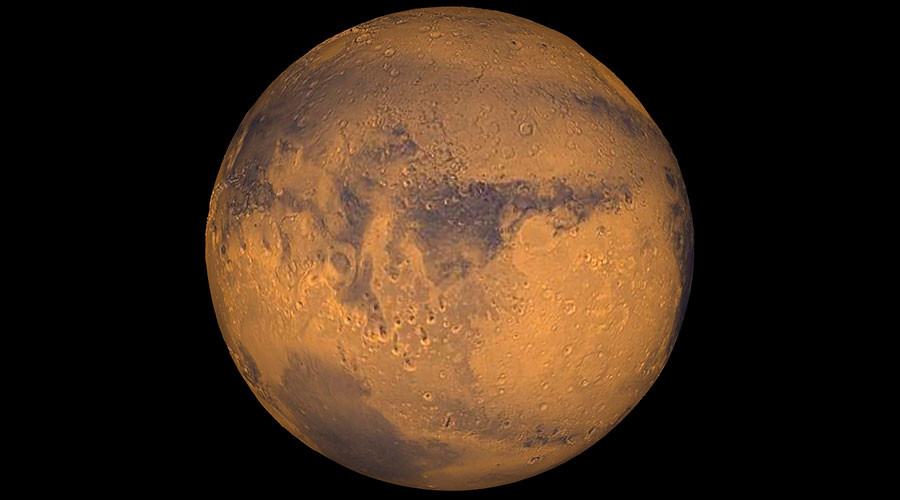A theory as to how Mars managed to sustain water-friendly climate during the beginning of its drying out period some 3.6 billion years ago has emerged through a new scientific study.
It is believed that Mars may have kept liquid water on its surface “for at least several thousand years” because of conditions set by explosive bursts of methane gas, according to RT.
The theory could explain how the red planet managed to sustain its various lakes and rivers in a climate that ordinarily would be too cold and arid to have done so.
Nasa’s Curiosity rover has discovered evidence of major water events like tsunamis on Mars, which are likely to have occurred in the first billion years of its 4.6 billion-year life.
In the last 3 billion years Mars has molded itself into the dry, dusty planet we know today thanks to a thinned-out atmosphere and diminishing magnetic field.
Scientists have often wondered how Mars managed to retain most of its lakes and rivers for thousands of years while the planet transformed to a cold, icy world. A science team at the University of Chicago studied bursts of methane as a possible explanation.
Using numerical solutions, the team of researchers found that occasional shifts of Mars’ tilt on its axis would have exposed ice-covered regions to the sun, melting the hardened cover and causing pockets filled with the powerful greenhouse gas to burst from the ground.
Eventually, as enough methane emerged from the ground at the same time, it would bring about enough global warming to keep the planet running, for hundreds of thousands of years.
H.Z

